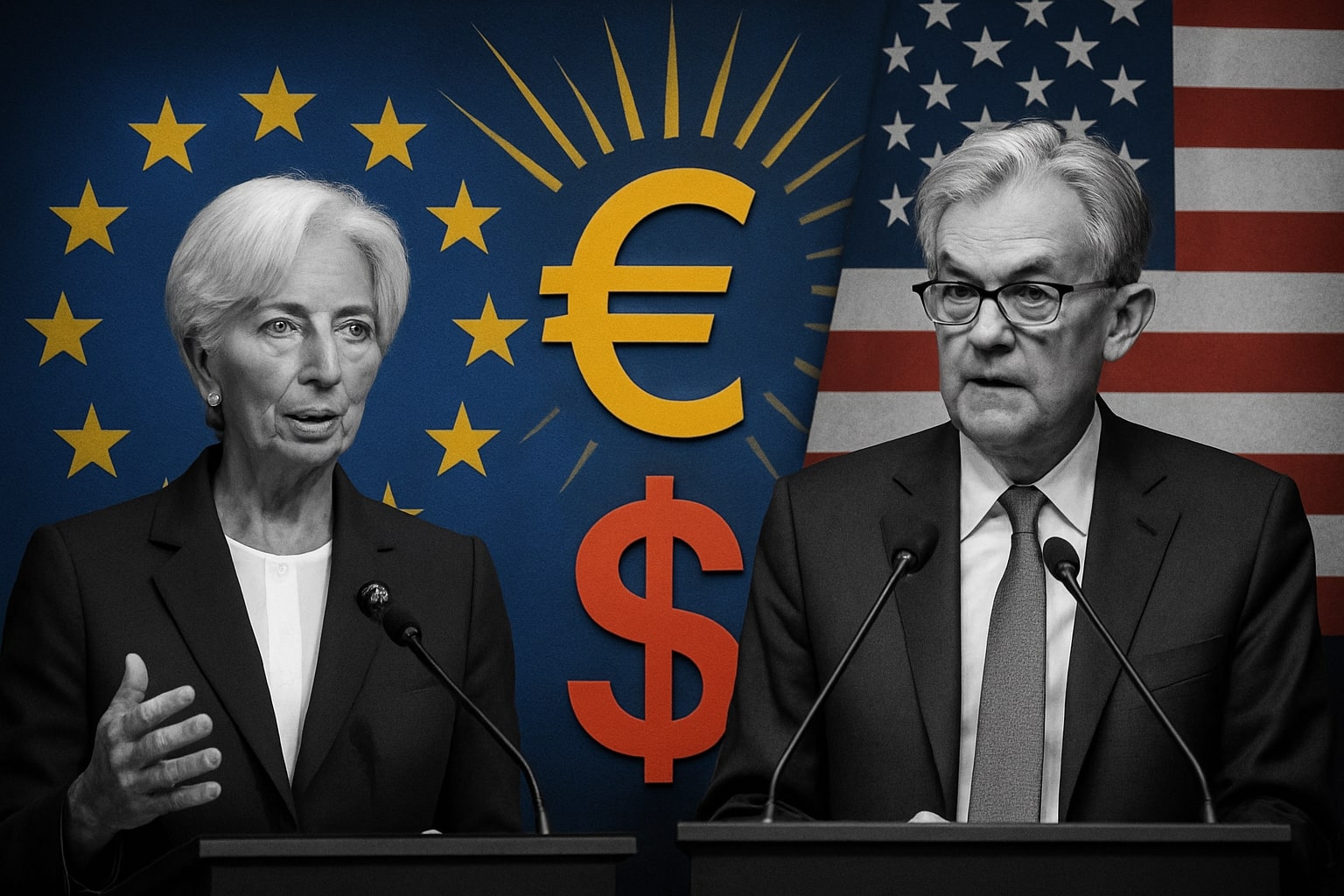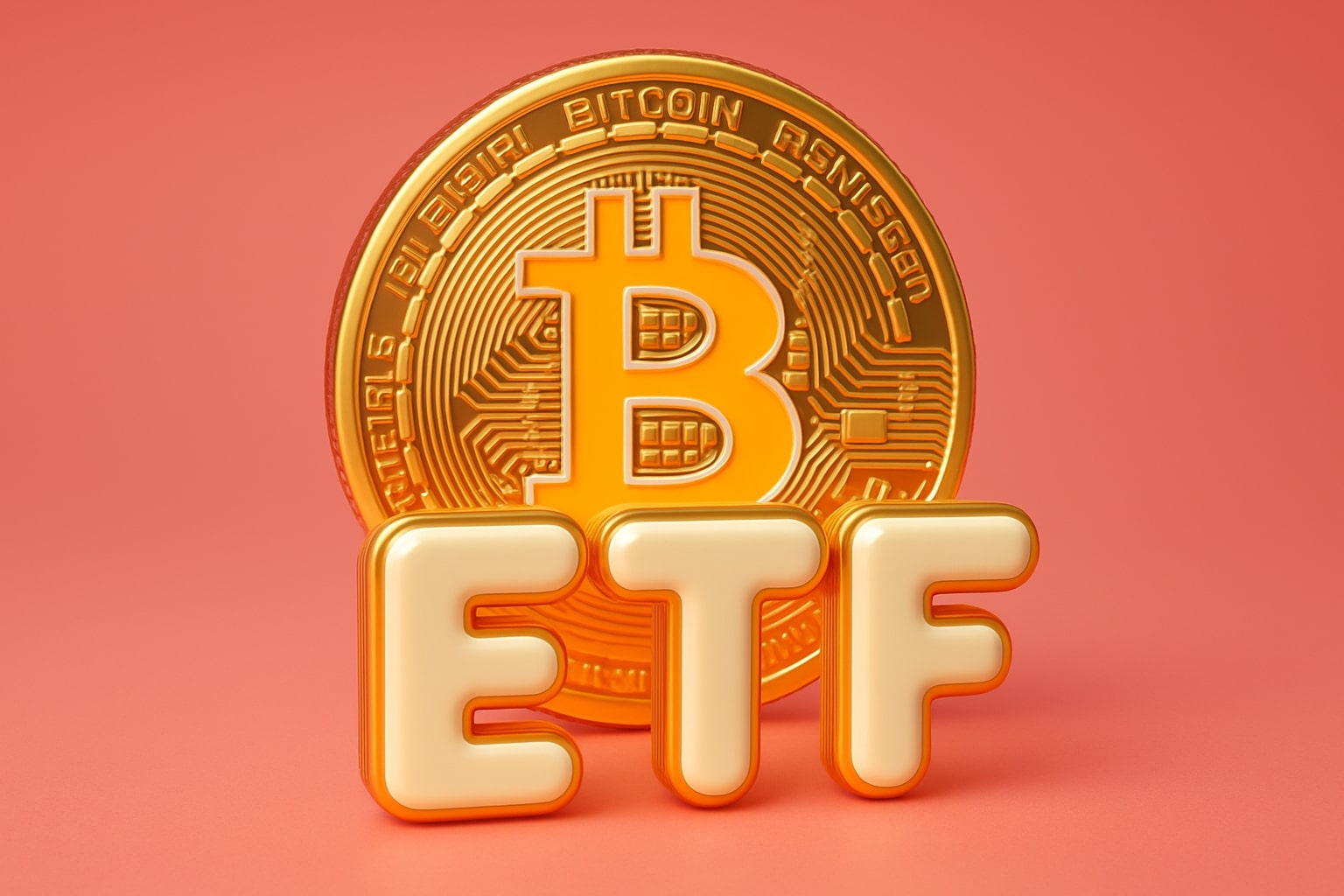
USD/JPY Price Forecast: Dollar-Yen Holds at 147 Ahead of Fed and BoJ Tests
Labor Market Data, Wage Growth, and Policy Divergence Define USD/JPY Outlook | That's TradingNEWS
USD/JPY Price Outlook: Policy Divergence and Jobs Data Keep 145–150 Range in Play
USD/JPY Pullback After Monthly High and Technical Levels at Risk
The USD/JPY exchange rate has retreated from its recent monthly peak at 146.19, sliding to 147 after testing the 50-Day SMA at 146.34. The currency pair had rallied from a low of 142.36 earlier this month, but momentum has weakened after the Federal Reserve kept policy options open. If the pair fails to hold above the 144.60–145.90 support zone defined by Fibonacci retracement and extension clusters, the downside could accelerate toward the yearly low at 139.89. On the upside, a breakout above 148.70–150.30 remains possible if U.S. data reinforces dollar strength.
Impact of U.S. Inflation and Nonfarm Payrolls on USD/JPY
The Federal Reserve is treading carefully as core inflation lingers. The latest CPI data shows headline inflation holding steady at 2.4%, while core eased to 3.1% from 3.3%. This marginal cooling has investors betting on at least one rate cut before year-end. However, the upcoming Nonfarm Payrolls (NFP) release is the deciding factor. Consensus expects only 78,000 new jobs in August, a modest gain after July’s 73,000. If payroll growth undershoots, the Fed could face pressure to move sooner on rate cuts, weakening the dollar. Conversely, stronger wage growth and hiring—particularly if average hourly earnings rise above 3.9% y/y—could re-anchor the dollar and lift USD/JPY back toward 149.50 resistance.
Japanese Economic Data: Inflation, Wages, and Consumption Trends
Tokyo’s inflation reached 3.6% in May, the highest since early 2023, with core CPI steady at 3.0%. Government subsidies have tempered headline figures, but the underlying labor market remains tight. Wage growth has climbed from 2.5% in June to 3.0% in July, extending beyond large corporations into SMEs. The Bank of Japan views this trend as evidence of structural inflation. Household spending data is also key—after plunging 5.2% in June, forecasts call for a rebound of 1.3% in July. A sustained pickup in wages and spending would fuel demand-driven inflation, boosting odds of a 25 bps BoJ rate hike in October. But if spending weakens further, policymakers may hesitate, leaving the yen vulnerable.
Technical Patterns and Market Sentiment for USD/JPY
Charts show USD/JPY forming a bearish flag and an inverse cup-and-handle, both signaling risk of a drop toward 145.00. The RSI remains above oversold levels, but MACD momentum has flattened, suggesting indecision. A push through 147.50 could expose the 200-Day EMA near 149.45, while a decisive close below 146.20 would tilt bias bearish, with 145.00 as the next critical target. Traders remain split: positioning data reveals leveraged funds building shorts around 147, while asset managers extend long hedges on rate divergence bets.
Global Macro Backdrop: Trade Tensions and Safe-Haven Flows
Broader macro forces continue to ripple through USD/JPY. U.S.–China tensions flared after Beijing imposed a fresh 50% tariff on certain U.S. goods, driving the pair to a yearly low of 144.00 in April. Political noise around tariffs, coupled with U.S. election-year uncertainty, is amplifying yen demand as a safe-haven. Yet, yield spreads remain the dominant factor: the U.S. 10-year Treasury yield near 3.95% still dwarfs Japan’s sub-1% government bond yield, anchoring the carry trade. Unless BoJ delivers a surprise hike or Fed easing accelerates, USD/JPY retains upward bias in the medium term.
Verdict on USD/JPY Price Direction
With USD/JPY trading around 147.00, the near-term outlook hinges on U.S. labor data and Japanese wage growth. Holding above 145.00 keeps bullish scenarios intact, with upside targets of 149.50–150.30 if U.S. data beats expectations. A break under 144.60 would flip sentiment bearish, exposing 142.97 and possibly 139.89. The policy divergence story—Fed cautious easing versus BoJ edging toward tightening—remains the defining driver. Based on data, USD/JPY currently tilts neutral-to-bullish with a Hold bias, awaiting confirmation from payrolls and BoJ commentary before the next decisive move.
That's TradingNEWS
Read More
-
PPA ETF at $154: Can This Defense ETF Keep Beating ITA and SPY?
14.12.2025 · TradingNEWS ArchiveStocks
-
XRP ETFs XRPI and XRPR Pull In $975M While XRP-USD Fights To Hold $2
14.12.2025 · TradingNEWS ArchiveCrypto
-
Natural Gas Price Forecast: NG=F Hits $4.11 As Warm Winter Outlook Puts $3.913 Support At Risk
14.12.2025 · TradingNEWS ArchiveCommodities
-
USD/JPY Price Forecast - Dollar to Yen Can BoJ’s 0.75% Shock Break The 155–158 Range?
14.12.2025 · TradingNEWS ArchiveForex



















